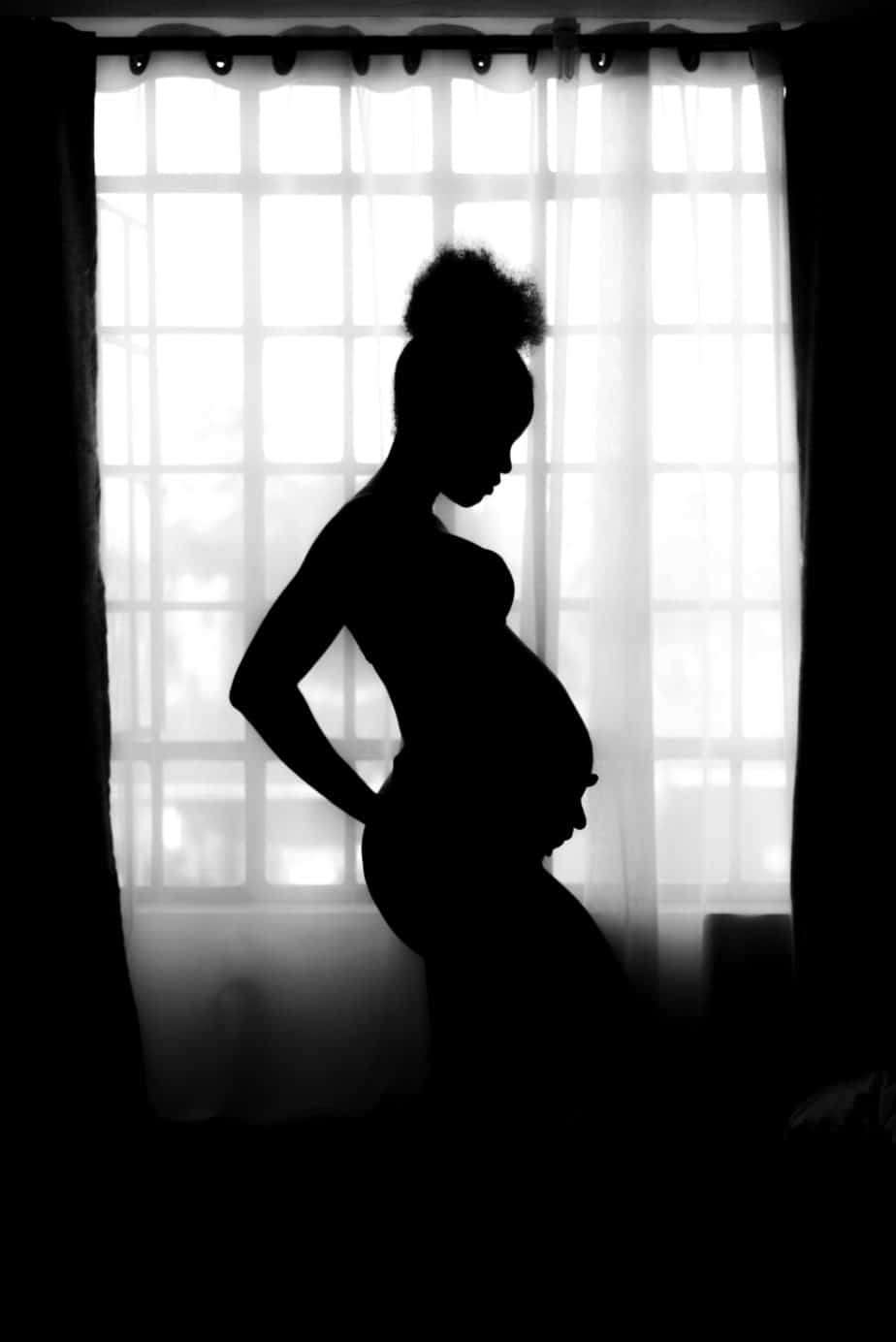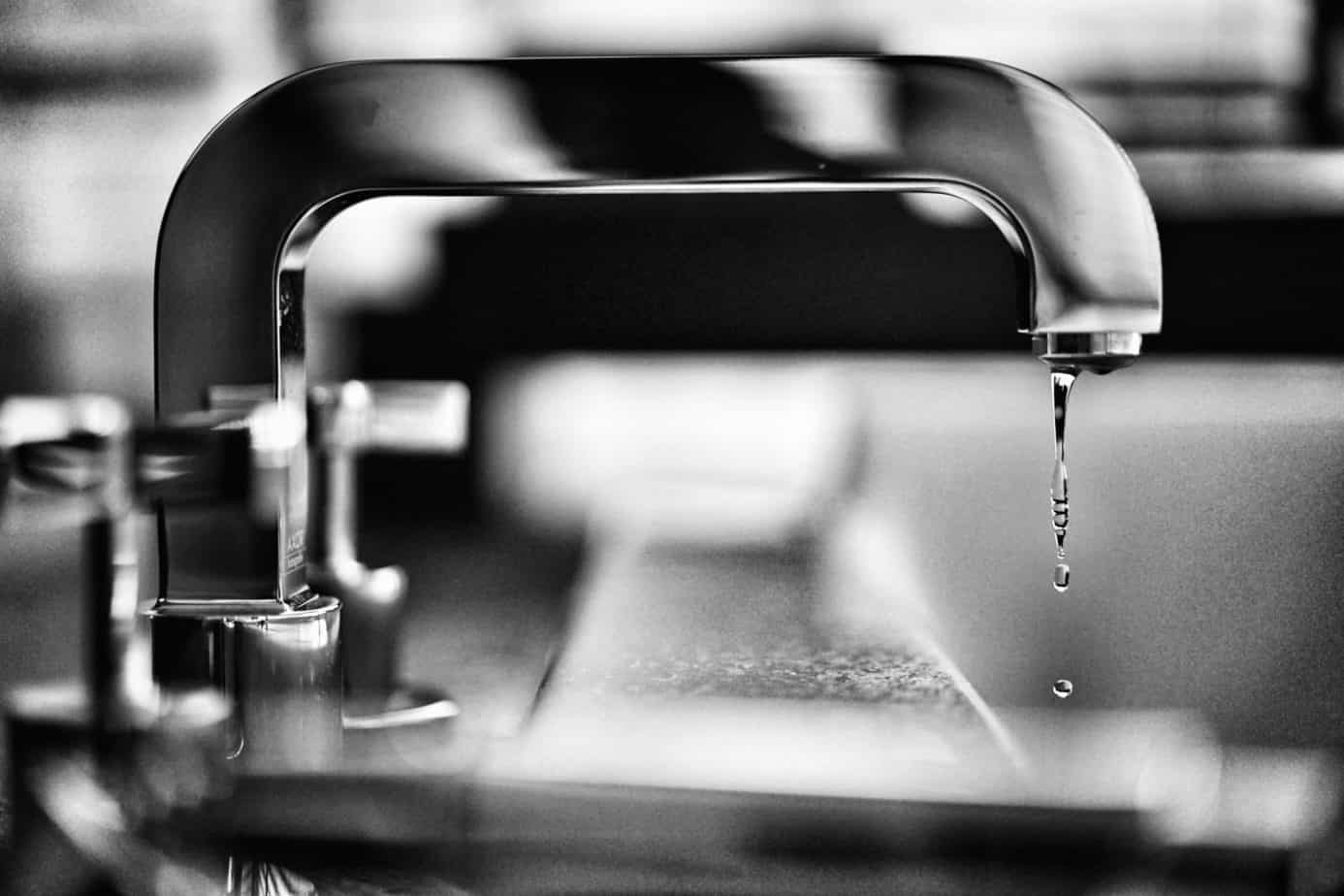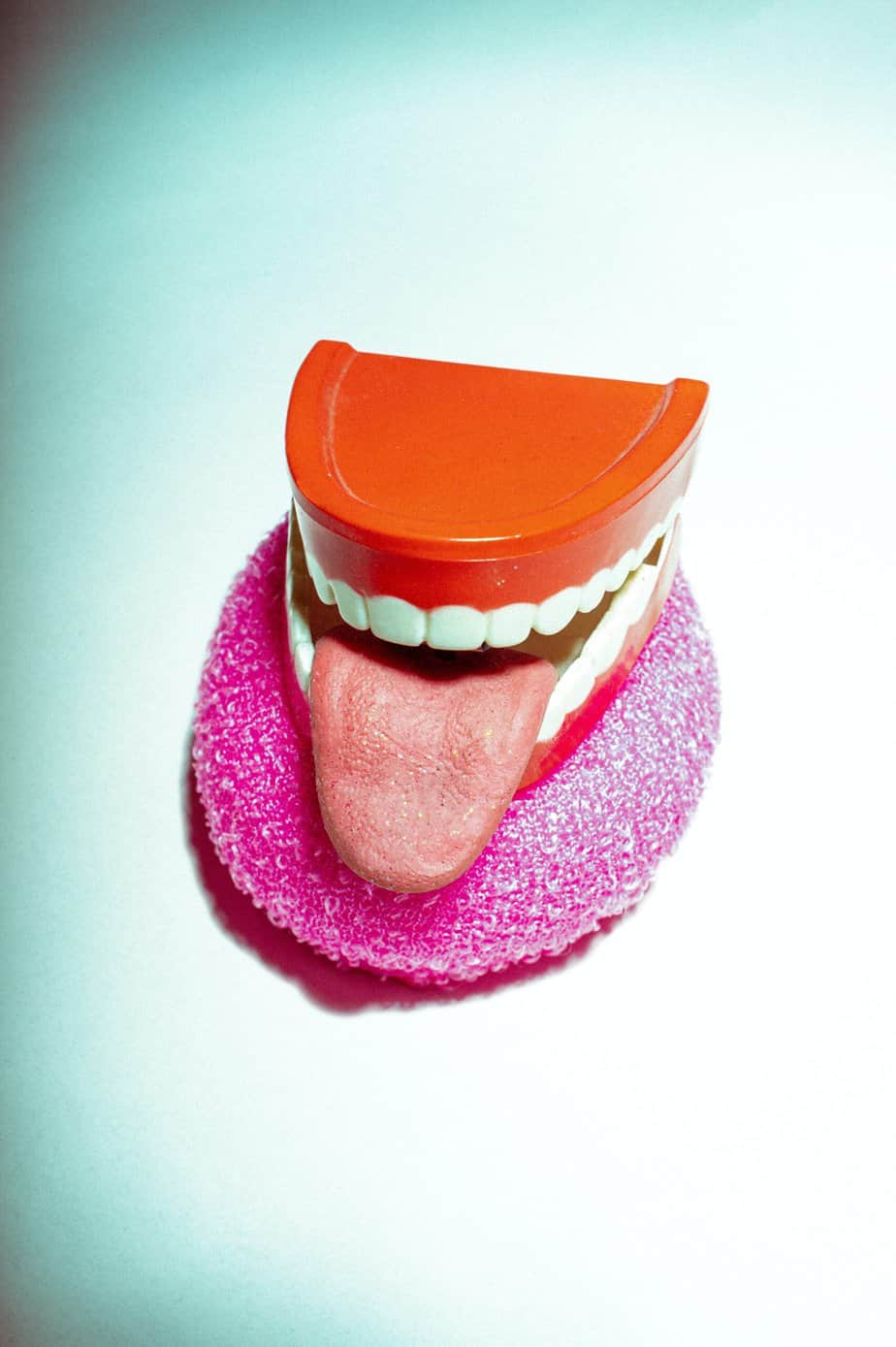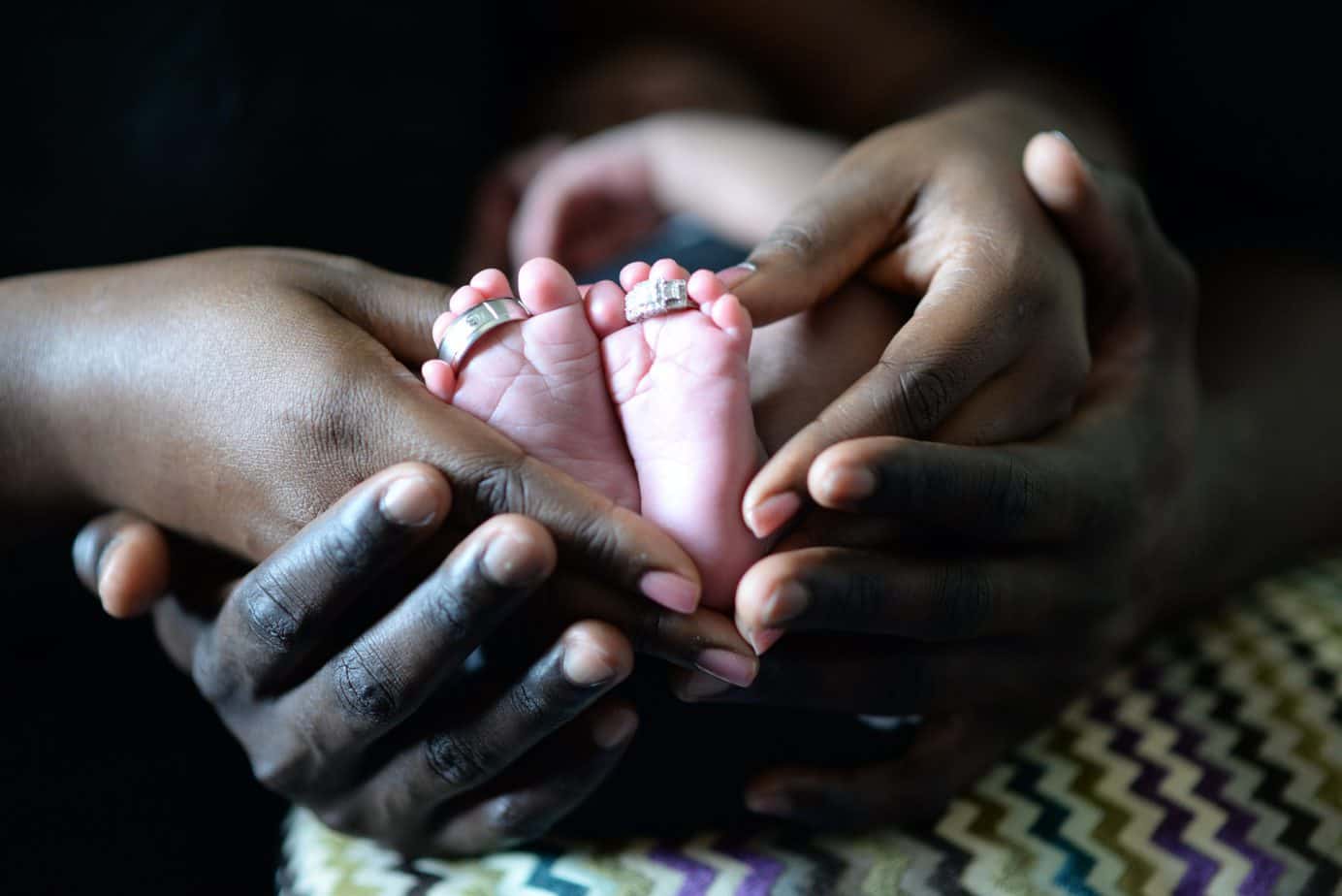Unraveling the Mystery: UTI Symptoms, Negative Cultures, and the Power of Pelvic Floor Physical Therapy
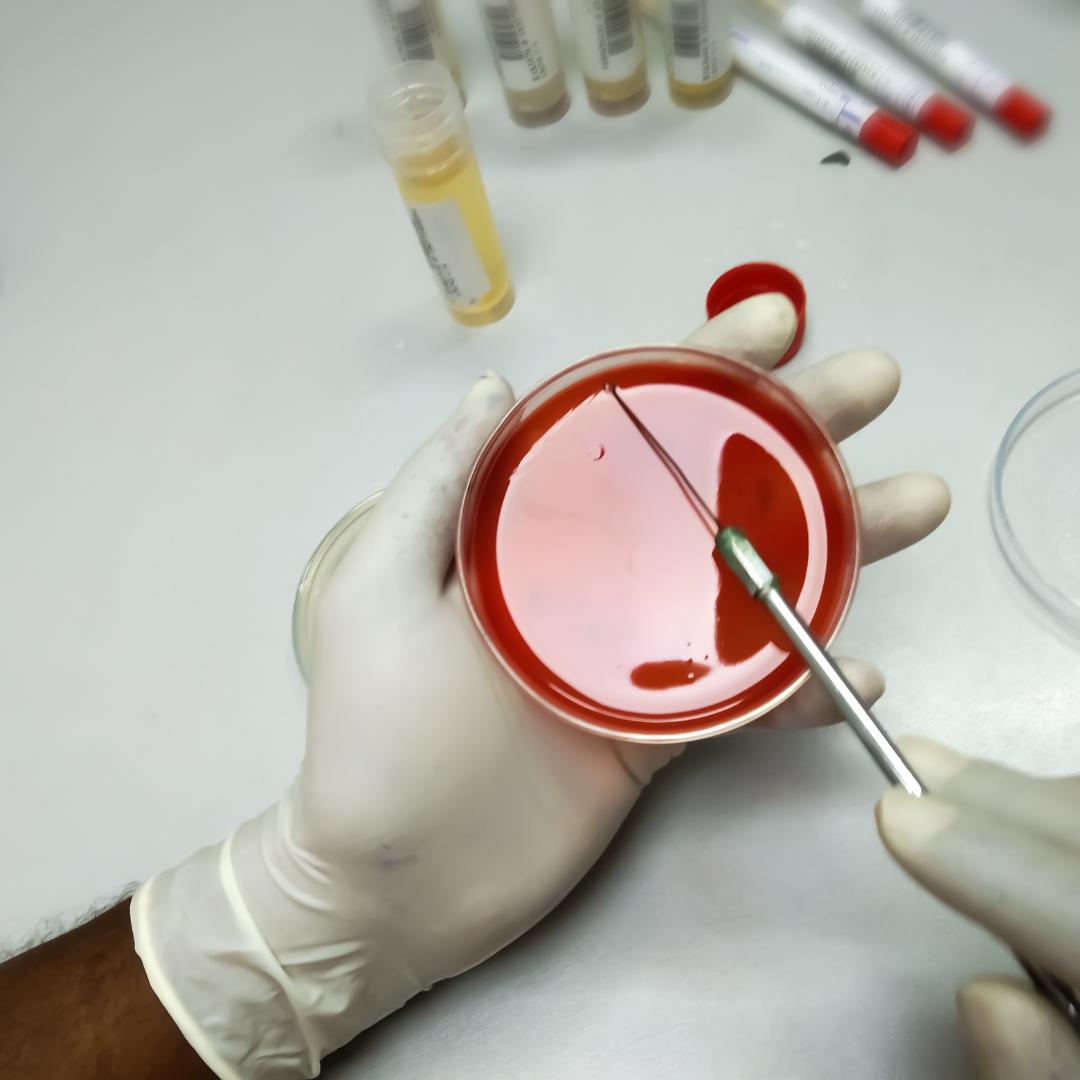
Getting a UTI on rare occasions is common, but what if that starts to occur more frequently and is accompanied by negative results in your urine culture? Is it still an infection if the urine culture comes back negative for bacterial growth? Are the frequently prescribed antibiotics helpful or harmful when the assumed bacterial infection does not exist?
Symptoms of urinary tract infection (UTI) can occur in everybody with a pelvic floor regardless of gender, and yes, antibiotics are essential for bacterial infections. But what actually happens when the urine culture is negative and you are sure you have symptoms of UTI? This can be from having overactive pelvic floor muscles. It can also be called:
- Hyperactive pelvic floor disorder
- Levator ani syndrome
- Proctalgia fugax
Instead of this, the inconclusive umbrella diagnosis received can look like:
- Chronic pelvic pain
- Chronic nonbacterial prostatitis
- Overactive bladder
It is common that these patients show little to no improvements despite repeated rounds of medications (antibiotics, anticholinergics, antispasmodics).
What are the symptoms?
| Urinary | Gastrointestinal | Sexual |
| Increased urinary frequency and urge | Obstructed defecation | Dyspareunia (for persons with vulva) |
| Pain with urination | Anorectal pain | Erectile dysfunction and ejaculatory dysfunction (for persons with penis) |
| Poor urine stream | Fecal incontinence | Orgasmic dysfunction in all genders |
| Incomplete bladder emptying |
So what’s causing these symptoms?
Majority of patients with these symptoms have chronic increase in pelvic floor muscle tone, trigger point tenderness on palpation vaginally/rectally. This increase may or may not be a result of an imbalance around the pelvic floor (in the hips/low back) or elsewhere in the body. Pelvic floor physical therapy is central in managing this complex condition.
What can I do about this?
If your urine culture is negative, pelvic floor physical therapy is an effective solution to this condition. It may include:
- Manual therapy to release tight muscles (externally/through vagina/rectum)
- Exercises and neuromuscular re-education (stretches, breath-work, positional release)
- Real Time Ultrasound to see the bladder and its mobility
- Biofeedback therapy to down-train and correctly coordinate pelvic floor muscles
- Lifestyle recommendations
We Can Help!
Body Harmony Physical Therapy offers one pelvic health physical therapist to one patient evaluation and treatment sessions. Our treatment sessions last up to one hour in a private treatment room. We provide individualized home programs to every patient. Please call 212-233-9494 or email frontdesk@bodyharmonypt.com for more information. We offer a quick call back option for potential patients who have questions or concerns related to physical therapy.
References:
https://www.ncbi.nlm.nih.gov/pmc/articles/PMC5522794/pdf/tau-06-S2-S64.pdf


